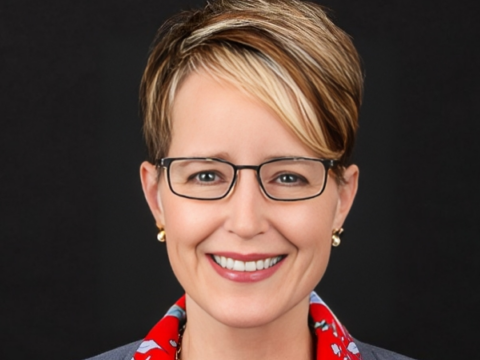Susanna F. Greer, Chief Scientific Officer at The V Foundation for Cancer Research shared on LinkedIn:
“Childhood cancer unites us against a common foe. This week’s Cool Cancer Find focuses on efforts to develop more effective treatments for Medulloblastoma, the most common malignant brain tumor in children.
This week’s Cool Cancer Find focuses on Medulloblastomas, the most common type of malignant brain tumors found in children. These tumors develop in a part of the brain called the hindbrain, which is responsible for controlling movement and balance. There are four main types of medulloblastomas, grouped based on their genetic profiles: SHH, WNT, Group 3, and Group 4.
Among these, Group 3 is particularly dangerous. Children with Group 3 often have worse outcomes and the cancer tends to spread more quickly, making it a major focus for researchers like the V Foundation Grantee Dr. Michael Taylor and colleagues at the University of Toronto affiliated Hospital for Sick Children, Baylor College of Medicine, and in the Pediatric Neuro-Oncology Research Program at Texas Children’s Hospital.
The way Group 3 tumors develop is not well understood. To find out more, Dr. Taylor and team are studying the early development of the human brain. They have identified a type of cell called Protogenin (PRTG)-high stem cells. These cells play a crucial role in the early formation of the brain.
Why does this matter? PRTG-high stem cells are like seeds that grow into different parts of the brain. In both normal brain tissue and Group 3 Medulloblastomas, these cells grow near immature blood vessels. This environment helps keep the stem cells alive and allows the tumor to grow. Normally, these PRTG-high cells stay in an immature state and gradually turn into different brain cells.
In Group 3 Medulloblastomas, however, these cells remain in their immature state due to changes in their genetic makeup. This abnormal behavior helps the tumor to grow and spread. Just like a gardener provides a perfect environment for seeds to grow, the tumor cells create a nurturing environment for themselves by interacting with nearby immature blood vessels.
This research is significant because it offers a new way to treat a particularly aggressive type of brain tumor in children.By understanding and targeting the specific cells that drive the growth of Group 3 Medulloblastomas, the Taylor lab hopes to develop more effective treatments that can improve survival rates and reduce the chances of the cancer coming back.
In the future, we might be able to screen for these cells in children to catch potential tumors early, much like how gardeners might check their soil for the best conditions before planting. This proactive approach could help in preventing the cancer from developing in the first place. As these findings are further tested and developed, they hold the promise of not only better treatments but also preventive strategies that could save many lives. Incredible, right?! “
Source: Susanna F. Greer/LinkedIn
